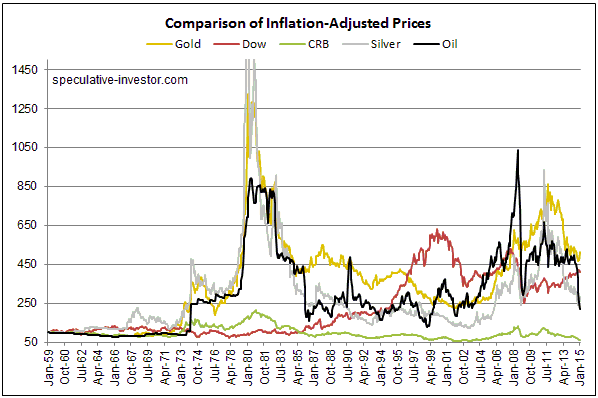Sorry to belabor a subject to which I’ve already devoted a lot of blog space, but just when I thought that the gold supply-demand analysis of Mineweb journalist Lawrence Williams couldn’t get any worse, he comes up with THIS. Not satisfied with wrongly portraying, in many articles, the shift of gold from outside to inside China as an extremely bullish price-driving fundamental and representative of an increase in global gold demand, he now wants you to believe that the transfer of gold from one China-based trader to another China-based trader constitutes an increase in overall Chinese gold demand. No, I’m not making that up. Read the above-linked article.
What he is specifically claiming is that an increase in overall Chinese gold demand occurs when someone in China takes delivery of gold from the Shanghai Gold Exchange (SGE). He seems to be oblivious of the fact that all the gold sitting in the SGE’s inventory is owned by someone, so in order for Trader Wong to satisfy an increase in his demand for physical gold by taking delivery, Trader Chang, the current owner of the gold held in the SGE inventory, must reduce his demand for physical gold by exactly the same amount. There can be no net change in demand as a result of such a transaction, and, as discussed in previous posts, the price effect will be determined by whether the buyer (Wong) or the seller (Chang) is the more motivated.
Mr. Williams then goes on to say:
“…withdrawals from the [Shanghai Gold] Exchange for the first 3 weeks of the year have come to over 200 tonnes — and with total global new mined gold production running at around 60 tonnes a week according to the latest GFMS estimates, this shows that the SGE on its own is accounting for comfortably more than this so far this year. GFMS has also seen a fall in global scrap supplies — the other main contributor to the total world gold supply — which it sees as continuing through 2015 so the Chinese SGE withdrawal figures so far are, on their own, accounting for around 85% of ALL new gold available to the market. So where’s the rest of the world’s (including India) gold supply coming from?”
The answer is that the gold could be coming from almost anywhere. Furthermore, it’s quite likely that most of the gold that ‘flows’ into China and India does not come from the current year’s mine production.
Would someone please point out to Mr. Williams that gold mined 200 years ago is just as capable of satisfying today’s demand as gold mined last month, and that the total aboveground gold inventory is at least 170,000 tonnes and possibly as much as 200,000 tonnes. This aboveground gold inventory, not the 60 tonnes/week of new mine production, is the supply side of the equation.
 Print This Post
Print This Post






